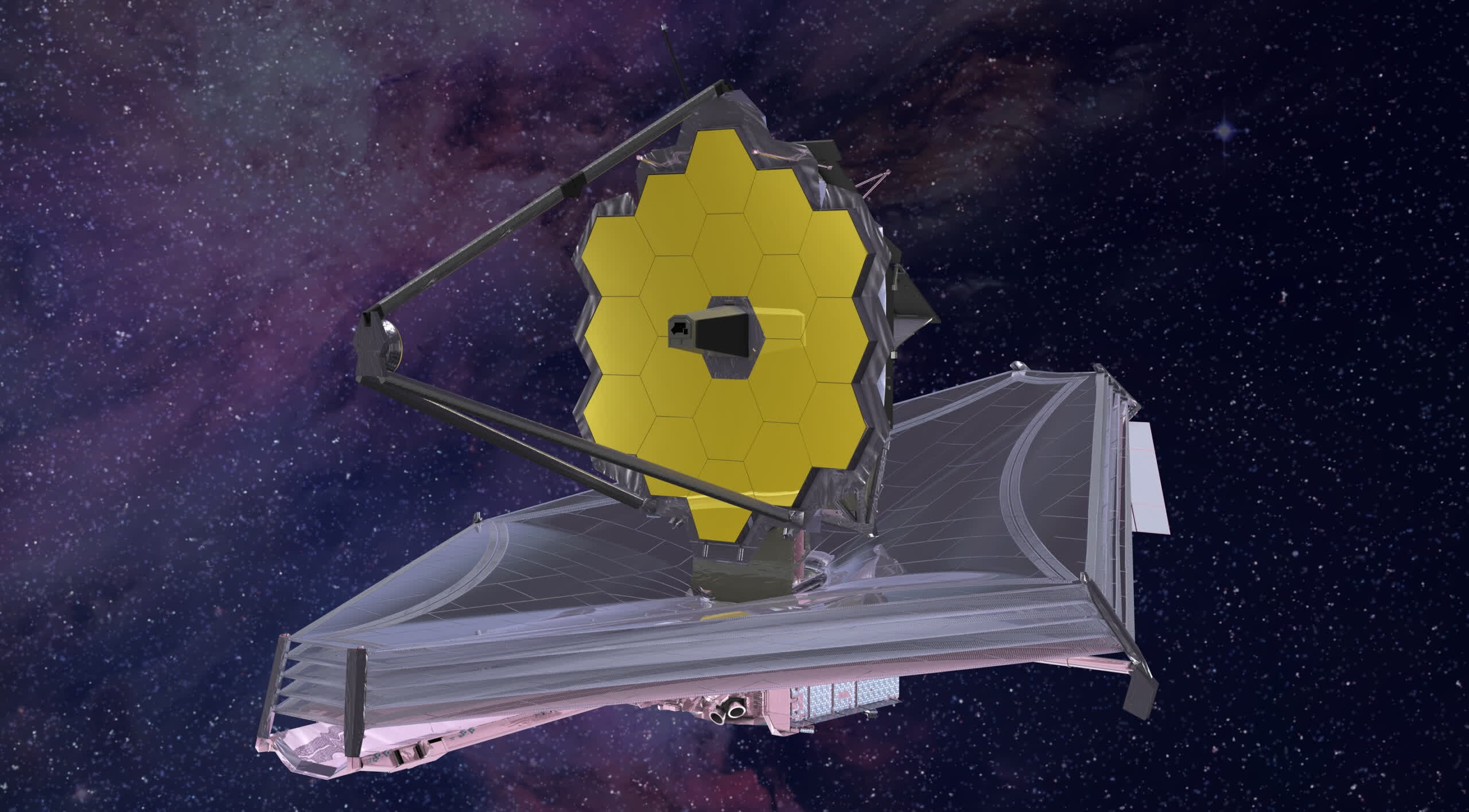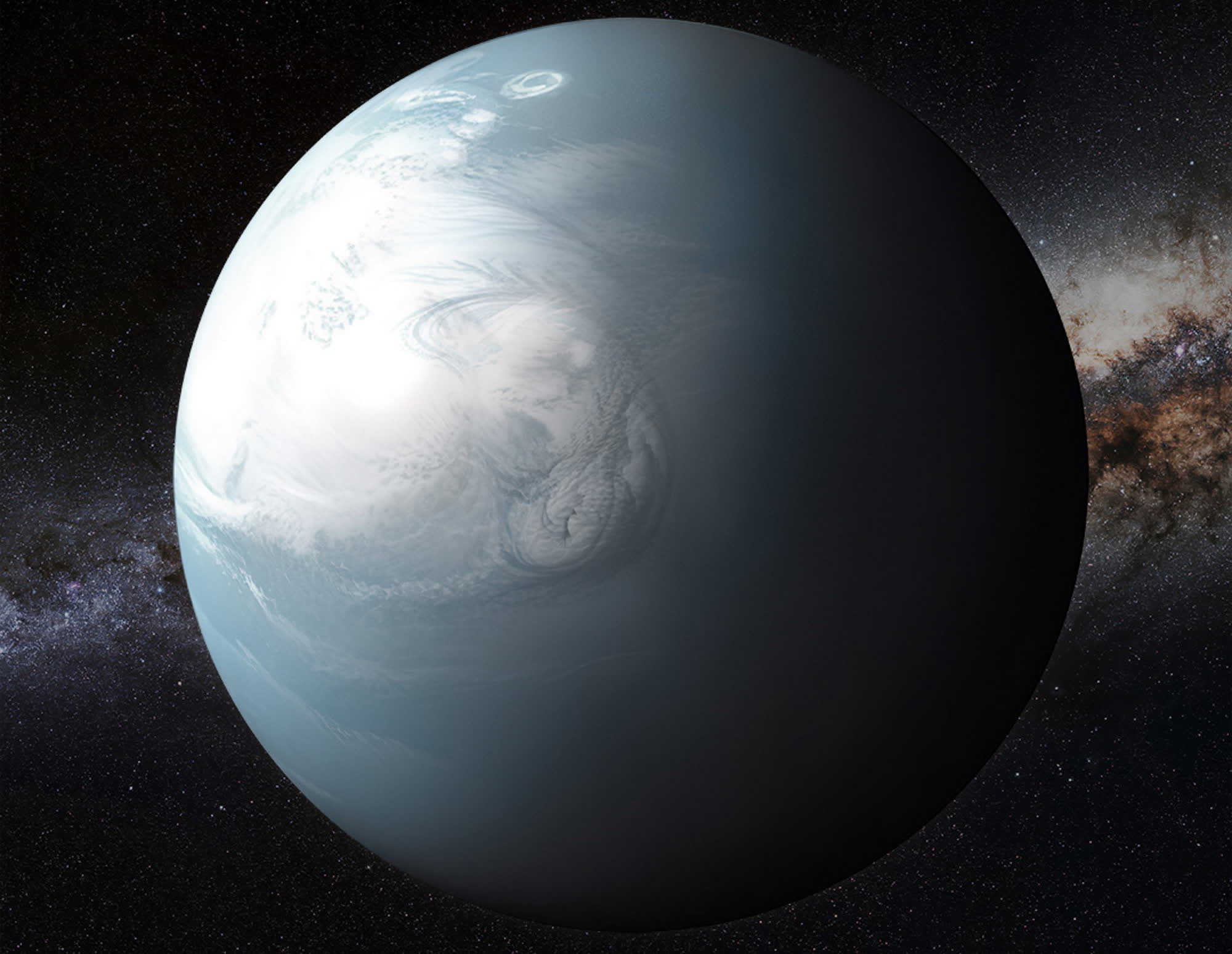Ocean World: The James Webb Space Telescope (JWST) is providing scientists with a closer look at previously discovered exoplanets. Two teams of researchers have now used the NASA telescope to analyze the particular conditions found in a unique celestial object.
TOI-270 d is a Neptune-like exoplanet, originally discovered in 2019, with a radius more than twice Earth's and an orbit around its host star lasting 11.4 Earth days. The planet is 70 light years away from the Solar System, and has very peculiar planetary conditions that have been described in a recently published study by University of Cambridge scientists.
The study describes what could possibly be a "hycean" world, a term related to a particular type of exoplanet with a global water ocean and a hydrogen-rich atmosphere. Cambridge researchers said that the ocean of TOI-270 d would have temperatures of up to 100 degrees Celsius, but water could still be liquid because of the high atmospheric pressure.
The planet wouldn't be habitable in any case, lead study author Prof. Nikku Madhusudhan explained. TOI-270 d is tidally locked, with one side permanently facing the host star just like our own Moon is always showing the same side in ground observations. The exposed side of the exoplanet is likely experiencing extremely hot temperatures, Madhusudhan said, while the night side could theoretically host habitable conditions if it weren't for a "crushing atmosphere" with tens or even hundreds of times the pressure at the Earth's surface.

TOI-270 d's global ocean is likely tens to hundreds of kilometers deep, has a high-pressure ice seabed, and "hides" a rocky core at the center. Thanks to JWST observations, the Cambridge researchers discovered that the exoplanet has no signs of ammonia, which should occur naturally in a hydrogen-rich atmosphere. Ammonia is highly soluble in water, however, and a hycean world with a global ocean seems to be the perfect explanation for this peculiar chemical mixture.
The hycean hypothesis is disputed by Prof. Björn Benneke, a University of Montreal researcher who provided a completely different picture of TOI-270 d. The exoplanet's surface temperature is far too hot for water to stay in its liquid state, and the atmosphere seems to contain too much water vapor. At 4,000C degrees, water could exist in a "supercritical" state where liquid and gas states cannot be perfectly distinguished. It would be almost like a "thick, hot fluid," Benneke said.
The Canadian professor also pondered the potential telltale signs for biological activity, as both teams of researchers detected carbon disulphide which is usually linked to biological processes here on Earth. This molecule can be also produced by other sources, and it is "relatively easy" to form in a hydrogen-rich atmosphere. Scientists need to be very careful when communicating this kind of results, as the public could easily spread the idea that we have finally found extraterrestrial life in outer space.
